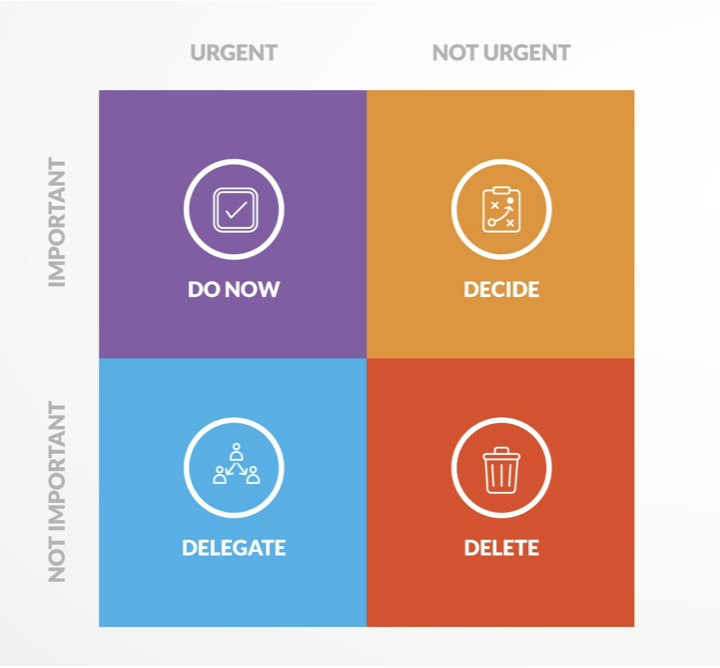Did you know that, on average, a teacher makes 1,500 educational decisions a day? (busyteacher.org). That’s 4 decisions every minute – not to mention all of the non-educational decisions they’re making. If you’re a teacher, it’s no wonder that you’re exhausted by the end of the day.
Decision fatigue is the mental and emotional exhaustion you experience after making so many decisions and it can not only impair your ability to make good judgements but it can also lead to feelings of stress, overwhelm, and eventually burnout.
So why do teachers, in particular, struggle with this?
For starters, teachers have a huge volume of daily decisions, such as choosing lesson plans, implementing assessments, coordinating classroom activities, creating seating arrangements, making accommodations for students, and communicating with parents. Then there’s the emotional labour involved with attending to students’ emotional needs, managing classroom behaviour, and navigating school policies which can lead to cognitive overload. Compounding all of this is the lack of recovery time that most teachers experience because they often continue making decisions after they leave the school building by taking home grading, responding to emails in the evening, etc.
So, how can teachers manage this demanding mental load and overcome decision fatigue to avoid burnout?
Here are some practical strategies to help you do just that.

Prioritise and regulate tasks.
It’s hard to know where to begin sometimes, especially when you’re overwhelmed by a long to-do list and the increasing demands on your time and energy. A helpful tool that you may be familiar with is the Eisenhower Matrix (pictured above). The idea is to write your tasks down in the corresponding quadrant, do the most important and urgent tasks first, and then either schedule (regulate) important but non-urgent tasks for later and delegate the non-important but urgent tasks. It also helps you to eliminate tasks that don’t have much impact (not important or urgent) so that you can free up your time for other things.
- Schedule time for specific tasks. Instead of checking your email throughout the day, for example, set aside a block of time in which to check your inbox and respond to messages and then be done with it.
- Batch plan. This one was a game-changer for me. I would set aside one monthly prep period and focus exclusively on planning for the upcoming unit. No grading, emails, or other tasks – just unit planning and prepping materials for it. This helped keep me focused on one thing, and when the time came for the new unit, I was already prepared and not scrambling to get ready for it.
- Create systems. Whether it’s standardizing lesson plan templates and rubrics or implementing predictable classroom procedures for student questions, behaviour and transitions, make it easier on yourself by taking some of the work out of it for yourself.
- Utilise technology. There’s so much that you can do now with computers and AI to support your teaching. For example, you can use grading apps, auto-scheduling tools, and online communication platforms such as Google Classroom or Remind to ease your workload.
- Just do it. If something takes less than 3 minutes to accomplish, just do it right then instead of adding it to your to-do list.
- Make decisions in advance. Plan key aspects of your week on Sunday to eliminate daily choices such as meal prepping and choosing clothes.
- Be ok with “good enough”. Perfectionism feeds decision fatigue, so creating a “good enough” mindset allows you to let go of the impossible expectation of perfection.
And remember – you don’t have to do it all. By prioritizing tasks and implementing some of the strategies above, you can reduce decision fatigue and support your overall well-being while still focusing on doing what you love: teaching your students.
Note: Image from Freepik.com (public domain image).







